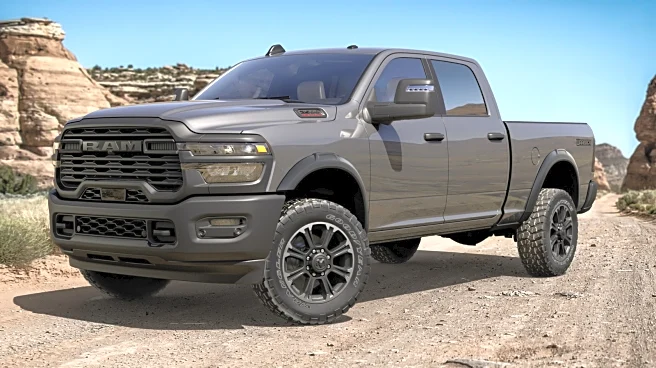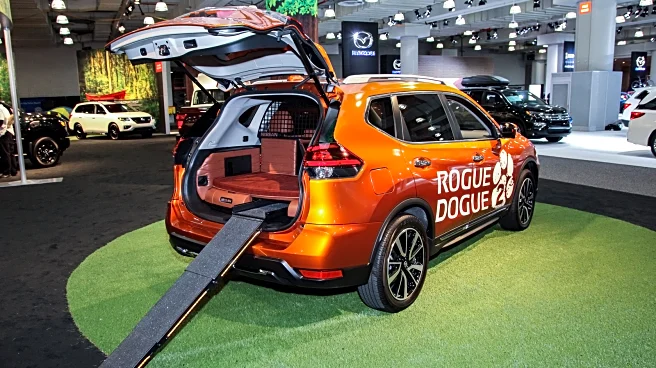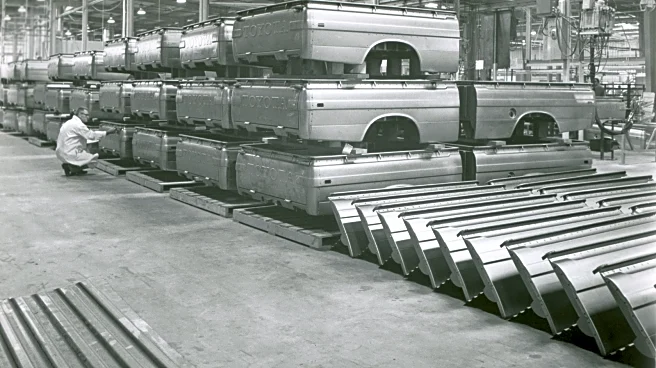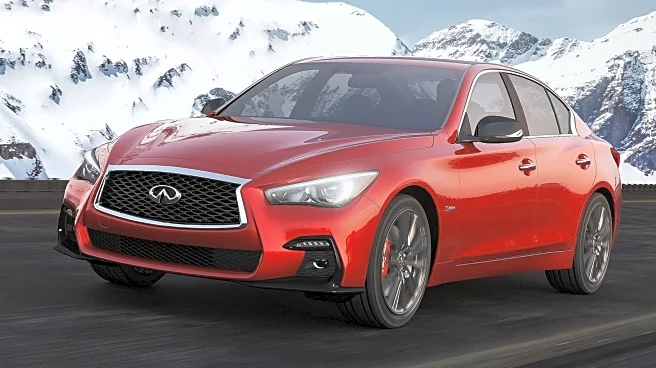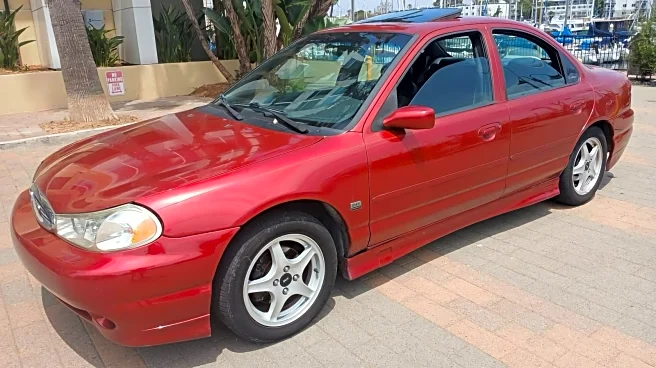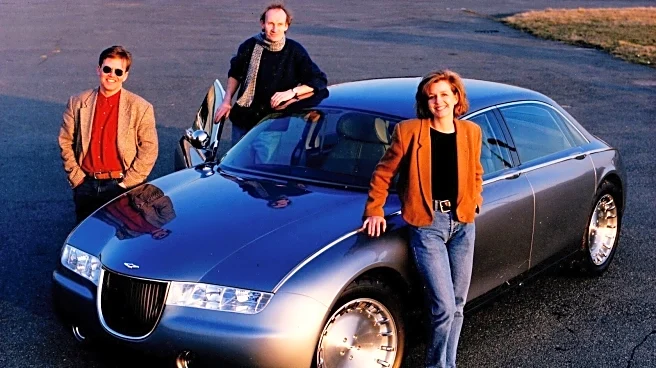
The pre-selector or self-changing gearbox may seem like a quaint, quirky, quixotic piece of tech, but in its heyday, it was less taxing on drivers than the non-synchro manual transmissions that were nearly the only alternative. We take for granted how easy cars are to drive in the modern era. Get in, press a button, and off we go. Heck, armies of engineers are working tirelessly to make cars that drive themselves
.In the 1930s, if you wanted to remove one of the many hassles associated with driving
— shifting, that is — you could hunt down an old automatic Sturtevant or Owen Magnetic, or you could get a car with a pre-selector gearbox, such as a Cord 812 or Talbot AX65. If you've never operated a pre-selector gearbox (you likely haven't, unless you remember the McKinley assassination), its operation might seem counterintuitive at first. But The Classic Motor Hub shows how straightforward it really is:
The most common pre-selector gearbox is the Wilson design found in Daimlers (the English ones) and Lanchesters, which features a fluid flywheel that acts much like a torque converter. You'll find three pedals, like in any car with a manual, but the clutch pedal is actually the "make it go in the gear I've chosen" pedal. We'll call it the "gear activation" pedal. Starting in neutral with the brake on, shift the gear selector into first. When you're ready to go, release the brake and press the gear activation pedal. You're now in first and can accelerate on your way. To shift into second, put the lever into the next notch, then press the pedal and it'll go into gear. You could put the shifter in second and drive around all day, but it will only shift once you press that pedal.
Read more: Call Me A Luddite, But These Modern Features Only Seem To Make Cars Worse
Pre-Selector Transmissions Are Complicated, But Better Than Grinding Gears Into Dust

You can watch Wilson pre-selector internals in action below, thanks to Vilas Motor Works. There's a lot of stuff the pre-selector is doing for you that would otherwise take a lot of finesse or muscle. In a car with a standard non-synchro gearbox, the driver has to carefully double clutch to avoid shearing transmission gears until they become smooth cylinders. Plus, the shift lever needs a reasonable amount of arm strength with relatively long throws.
Cars with pre-selector gearboxes have lovely, adorable Barbie-sized gated shifters on the column or dainty levers that move straight through the gears. There's no weight to them, and you can select whatever gear you like without having to rev match. Sure, you'd probably still have to turn on the gas feed, operate the choke, set the spark, and all sorts of other old-car processes you only have to do on lawnmowers these days, but at least you wouldn't have to remove gear shavings from the transmission case after a month of poor shifting.
Don't get the impression that these gearboxes were just assisting bad double clutchers, though. They found homes in buses, tanks, and racing cars, especially in pre-World War II Grand Prix. Reading accounts from modern drivers, such as British Touring Car veteran Anthony Reid or Historic Grand Prix driver Mark GIllies, pre-selector gearboxes get high praise once the awkwardness disappears. Reid told Autosport, "From a racing driver's perspective, you don't want to worry fumbling about for a gear lever in the most important phase of cornering, which is braking. On the straight beforehand you put it in the gear you need and then you dip the 'clutch' in the normal way during the braking process and it takes the gear. It's incredible."
Dual-Clutch Transmissions Just Copied The Pre-Selector's Homework
If the concept of pre-selecting a gear sounds kind of familiar, well, that's exactly what dual-clutch transmissions do. It's just that, in the name of removing skill, choice, and agency in the name of convenience, computers and not the driver control the shift's timing (though you can still damage it through your actions, from letting your foot off the brake on an incline or downshifting while accelerating). All even gears get one clutch and odd gears get the other, which lets the transmission seamlessly run through the gears with no interruption of thrust, giving EV-like smoothness as the engine stays in its powerband.
So things have come full circle. Gear pre-selection is back. Sometimes all it takes for old tech to get resurrected is better manufacturing techniques, superior implementation, or computer supervision. Just look at EVs as another example. The first land-speed record car, the Jeantaud, was electric, running 39.2 mph in 1898. It only took another 110 years or so for electric power to become a viable, widely adopted fossil-fuel alternative with cars like the Nissan Leaf and Tesla Model S.
Then there's the Tucker '48, made, yes, in 1948. It's awe-inspiring, with so many cool tech advancements. Originally, Tuckers were supposed to have 589-cubic-inch flat-6's making 450 pound-feet of torque and using hydraulically actuated valves with no traditional camshaft, predating Koenigsegg's camshaftless "freevalve" system by around 70 years, though production Tuckers all featured a still decently powerful Franklin helicopter engine. What production Tuckers did get, though, was a pre-selector transmission. Sure, this was nine years after GM debuted the Hydra-Matic automatic transmission, but with the current proliferation of dual-clutch transmissions, it looks like Tuckers were more even more forward-looking than we'd thought.
Want more like this? Join the Jalopnik newsletter to get the latest auto news sent straight to your inbox...
Read the original article on Jalopnik.


